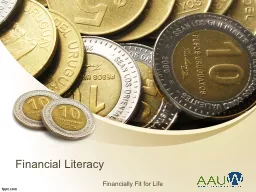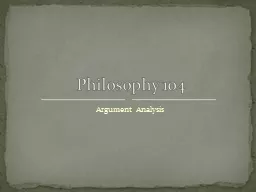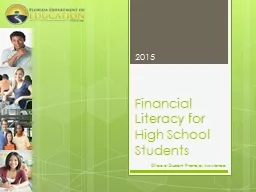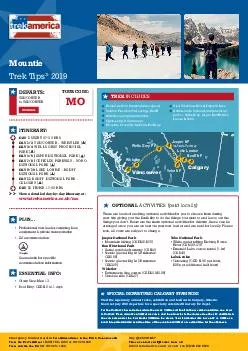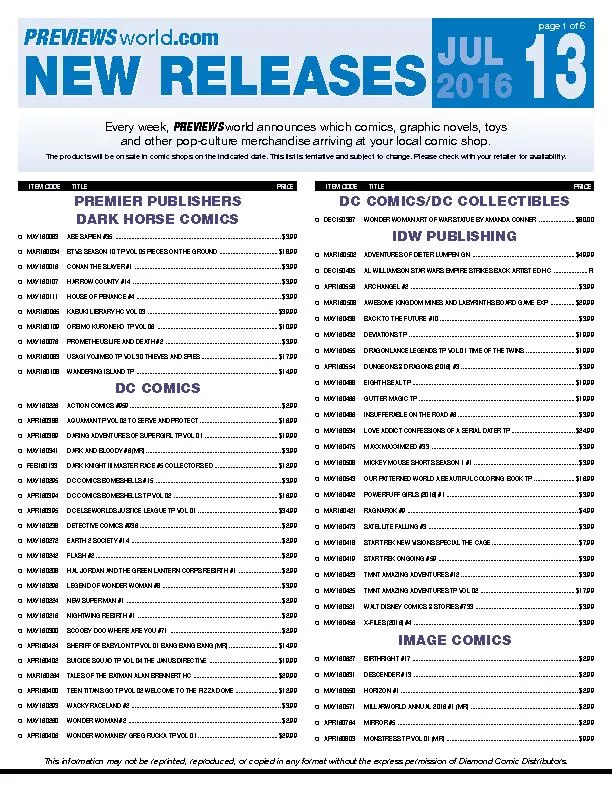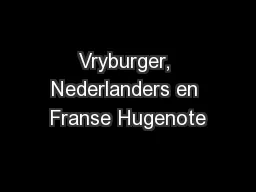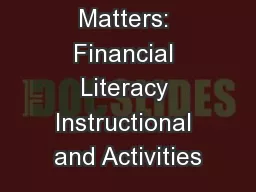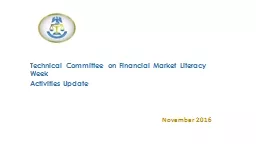PPT-Financial Literacy Money Trek Project
Author : cheryl-pisano | Published Date : 2018-03-16
Module 6 Renting amp Buying a House This module will help you understand The initial and continuing costs of renting an apartment Signing a lease amp being a good
Presentation Embed Code
Download Presentation
Download Presentation The PPT/PDF document "Financial Literacy Money Trek Project" is the property of its rightful owner. Permission is granted to download and print the materials on this website for personal, non-commercial use only, and to display it on your personal computer provided you do not modify the materials and that you retain all copyright notices contained in the materials. By downloading content from our website, you accept the terms of this agreement.
Financial Literacy Money Trek Project: Transcript
Download Rules Of Document
"Financial Literacy Money Trek Project"The content belongs to its owner. You may download and print it for personal use, without modification, and keep all copyright notices. By downloading, you agree to these terms.
Related Documents

